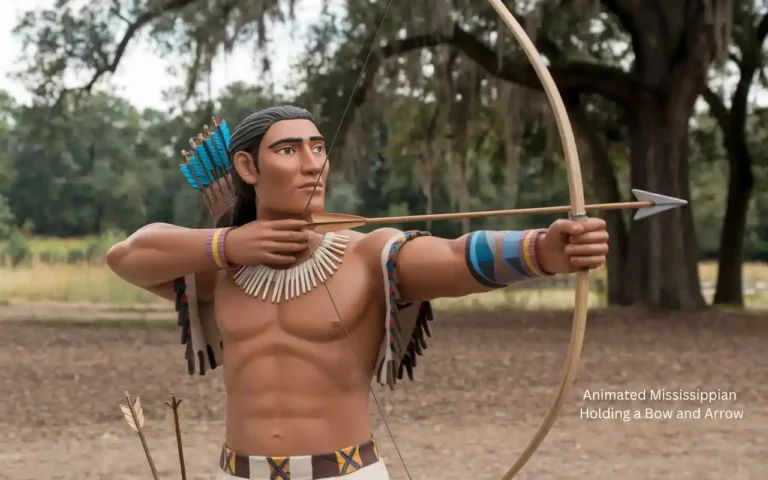
Jank Botejo is a term steeped in cultural heritage and tradition. Often misunderstood or overlooked, Jank Botejo represents more than just a historical artifact—it embodies the collective identity, rituals, and values of the community from which it originates. In this article, we will delve into its origins, explore its cultural significance, and understand why it remains relevant in modern times. By understanding the essence of Jank Botejo, we can appreciate its profound role in preserving cultural identity and heritage.
What is Jank Botejo? Understanding Its Meaning and Essence
Jank Botejo is not merely a term; it is a symbol of traditions that have stood the test of time. Rooted in cultural practices, it reflects the symbolism and values passed down through generations. The phrase itself may vary in interpretation depending on the region or group practicing it, but its essence remains consistent: a celebration of life, identity, and connection.
Traditionally, Jank Botejo served as a medium for storytelling, often embedded with rituals and customs that expressed the unique heritage of the community. Today, it acts as a bridge between the past and present, ensuring that cultural identity is preserved for future generations. This highlights its ongoing significance in today’s globalized world, where traditions can quickly fade into obscurity.
How Did Jank Botejo Originate?
The Historical Background of Jank Botejo
The origins of Jank Botejo are deeply intertwined with the history of its community. Emerging centuries ago, it was first practiced as a way to honor deities, celebrate harvests, or commemorate important milestones. Over time, it evolved into a more elaborate tradition that incorporated music, dance, and symbolism, each element adding to its rich tapestry.
Historical records and oral traditions suggest that Jank Botejo gained prominence during [specific time period], becoming a cornerstone of community heritage. By examining its historical evolution, we gain insights into how it shaped the societal structure and values of its practitioners.
Folklore and Local Legends Surrounding Jank Botejo
Embedded within Jank Botejo are numerous local legends and folklore that reflect the community’s beliefs and way of life. These stories often depict moral lessons, heroism, or the relationship between humans and nature. For instance, one popular legend recounts how Jank Botejo was introduced by [legendary figure], emphasizing the importance of unity and resilience. Such stories not only enrich the tradition but also highlight its role as a tool for education and cultural continuity.
Exploring the Cultural Significance of Jank Botejo
Symbolism in Jank Botejo Traditions
One of the most fascinating aspects of Jank Botejo is its deep-rooted symbolism. Every element, from the colors used in ceremonies to the sequence of rituals, holds a specific meaning. For instance, [specific symbolic element] represents [symbolic meaning], while [another element] symbolizes [another meaning]. This intricate use of symbols ensures that Jank Botejo transcends its immediate purpose, serving as a reflection of the community’s values and aspirations.
Jank Botejo’s Role in Preserving Cultural Identity
Jank Botejo acts as a vessel for maintaining cultural identity. In a rapidly globalizing world, where traditional practices are often replaced by modern ones, such traditions become critical in sustaining a sense of belonging. Through ritualistic practices, Jank Botejo reinforces community ties and ensures that younger generations remain connected to their roots. It is this dual role of preservation and education that makes Jank Botejo invaluable.
Why Is Jank Botejo Relevant Today?
Despite its ancient origins, Jank Botejo continues to hold relevance in modern times. Its ability to adapt while retaining its core values has allowed it to remain significant. For example, while earlier practices might have been limited to specific communities, today’s celebrations often incorporate modern elements like [example]. This evolution highlights how Jank Botejo is not static but a dynamic tradition that evolves alongside its practitioners.
How Jank Botejo Reflects Cultural Heritage
Traditional Expressions in Jank Botejo Practices
Jank Botejo is expressed through a variety of traditional forms, including music, dance, and crafts. Each of these elements serves as a medium to convey stories and values. For example, [specific dance or craft] is often performed during Jank Botejo ceremonies to symbolize [specific value]. These expressions not only add vibrancy to the tradition but also ensure its sustainability by making it engaging and relatable.
Educational and Societal Value of Jank Botejo

Beyond its cultural significance, Jank Botejo holds immense educational value. By participating in its rituals and understanding its history, individuals learn about their heritage and the importance of community. Moreover, the tradition’s emphasis on values like unity, respect, and gratitude makes it a powerful tool for fostering societal cohesion.
Conclusion
Jank Botejo stands as a testament to the enduring power of tradition and culture. From its origins to its modern significance, it remains a beacon of cultural identity and resilience. By understanding and celebrating Jank Botejo, we not only honor the past but also ensure that its legacy continues to inspire future generations.
FAQs
What is Jank Botejo?
Jank Botejo is a traditional cultural practice that embodies the heritage, rituals, and values of its originating community. It serves as a means of preserving cultural identity and educating future generations.
Where did Jank Botejo originate?
Jank Botejo originated from a specific region or culture, where people initially practiced it to honor deities, celebrate harvests, and commemorate significant milestones.
Why is Jank Botejo significant today?
Jank Botejo bridges the gap between past and present, preserving cultural heritage and values in an ever-changing world.
What are the rituals associated with Jank Botejo?
The rituals of Jank Botejo often include [specific rituals], each designed to symbolize values like unity, gratitude, and resilience.
How is Jank Botejo celebrated in modern times?
Modern celebrations of Jank Botejo often incorporate contemporary elements like specific places while still retaining its traditional essence.




